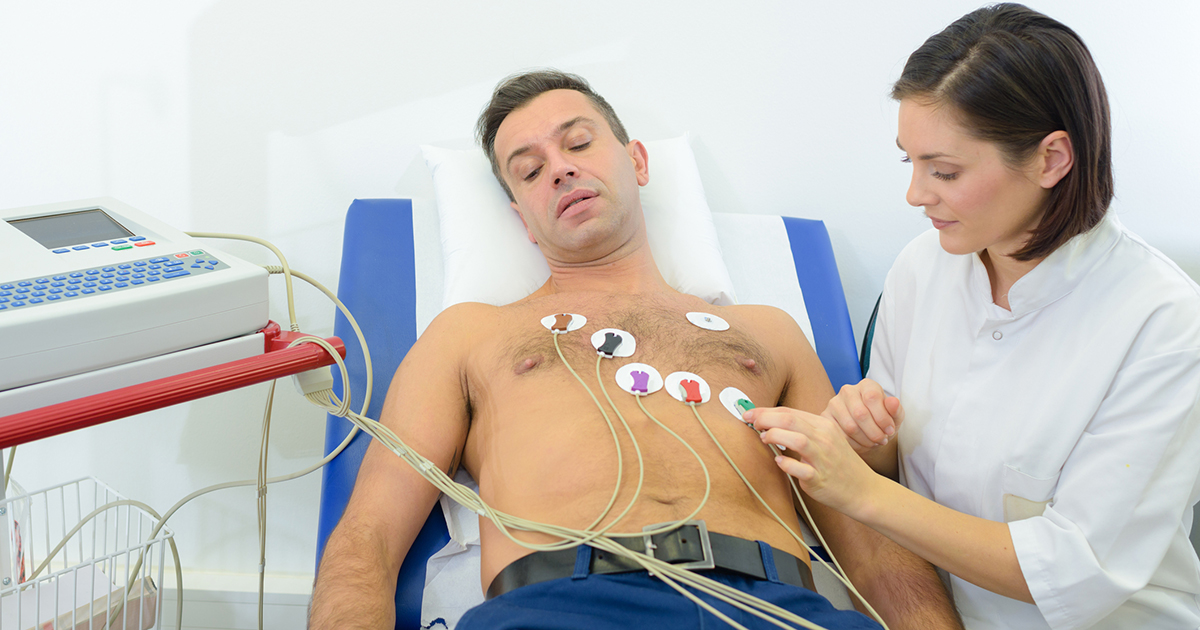Guide To Diagnosing And Treating Brugada Syndrome
Brugada syndrome remains a life-threatening heart rhythm disorder. Individuals with this syndrome could have inherited it from a family member. In this syndrome, individuals have a greater chance of abnormal heart rhythms that come from the lower areas of the heart. These abnormal rhythms are also known as ventricular arrhythmias. While some patients have symptoms, others don’t show any signs of an irregular heartbeat until an electrocardiogram detects the abnormality. Men tend to have Brugada syndrome much more often than women. Other symptoms of Brugada syndrome may occur and include fainting and dizziness, labored breathing, erratic and fast heartbeat, and sudden cardiac arrest. Brugada syndrome is caused by an abnormal heartbeat due to a defect in the channels in the heart.Thankfully, it is possible to treat this condition. Learn more about the treatment and diagnosis of Brugada syndrome now.
Use Of An Electrocardiogram

The use of an electrocardiogram (ECG) is the only way to positively identify Brugada syndrome. However, to gain a definite diagnosis of the syndrome, both an electrocardiogram and the presence of symptoms or clinical criteria may be necessary. The sign of Brugada syndrome on an ECG looks like an elevated coved ST segment, followed by a negative T wave. This combination remains the only ECG abnormality that can potentially be a diagnosing factor for the syndrome. When this abnormal reading is accompanied by clinical criteria such as documented ventricular fibrillation, family history of adult sudden cardiac death, a history of coved ECGs in members of the family, inducibility of ventricular tachycardia (VT) with electrical stimulation, fainting spells, and nocturnal agonal breathing, a positive diagnosis of Brugada’s syndrome can be determined.
Keep reading for more information on how to diagnose and treat Brugada syndrome now.